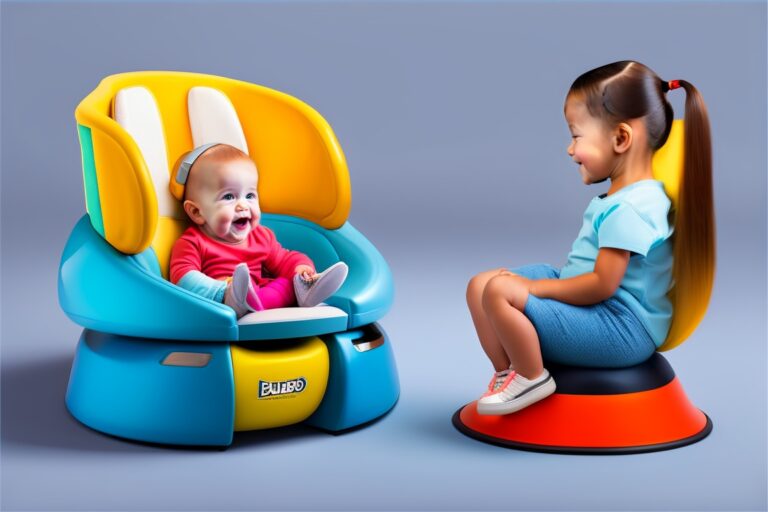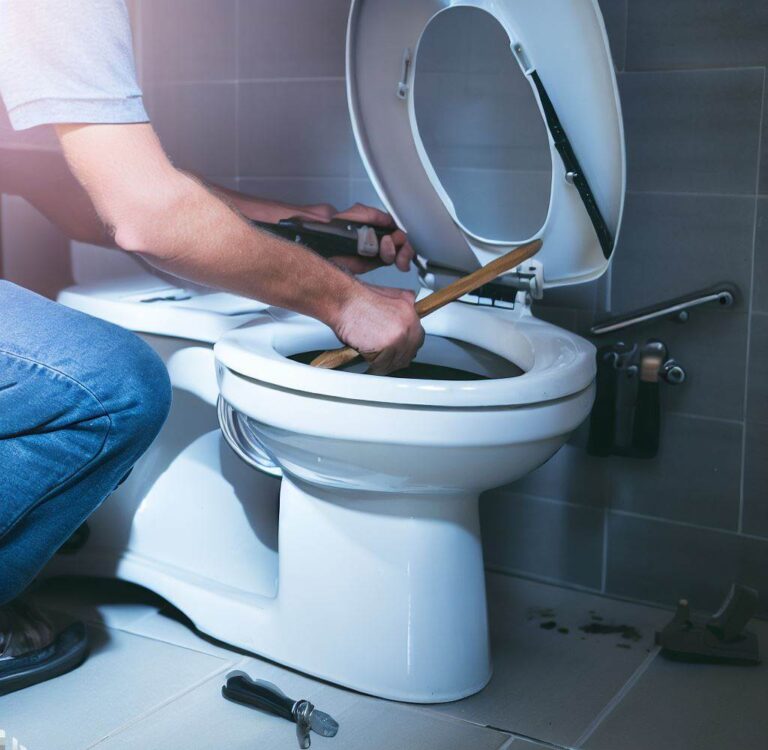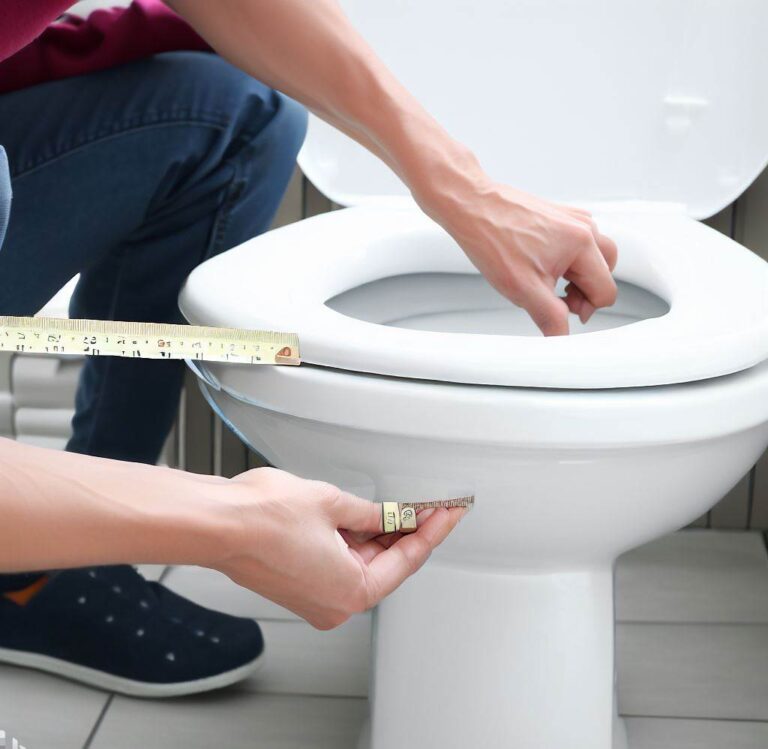When Can a Child Sit in the Front Seat in Texas in 2024? A Comprehensive Guide for Parents

As a parent, one of the many responsibilities you have is keeping your child safe, especially when driving. You may have wondered at what age your child can start sitting in the front seat in Texas.
While there is no set age in Texas law, there are important guidelines to follow based on recommendations from leading safety organizations. This comprehensive guide provides parents and caregivers with essential information on determining when a child is ready for the front seat, Texas car seat laws, proper use of car seats and seat belts, and tips to keep children safe in vehicles.
Understanding Front Seat Risks for Children
According to the Centers for Disease Control and Prevention (CDC), the back seat is the safest location in a vehicle for children under the age of 13 to ride. The center rear seat provides optimal protection.
There are two primary reasons the front seat poses greater risks:
Airbag Hazards Airbags deploy at around 200 MPH and are designed to restrain an adult in a crash. For small children who are not properly secured, airbags can cause serious or even fatal injuries. Studies show children exposed to airbags during crashes are twice as likely to suffer major injuries.
Greater Impact in Collisions Head-on collisions are among the deadliest types of crashes. Front seats bear the brunt of the impact versus the rear. Passengers in the back are less likely to be injured and much less likely to be killed in all types of crashes.
For these reasons, the safest practice is to keep all children ages 12 and under properly restrained in the back seat, especially in the center position. You can reduce risks significantly by ensuring your child uses the correct car seat, booster seat, or seat belt based on their age and size.
Texas Child Passenger Safety Laws
While Texas does not specify an age that children can start sitting in the front, the state does have laws mandating proper child restraints:
- Children under 8 must ride in a car seat or booster seat unless they are taller than 4’9″.
- Drivers can be fined $25-$250 for failure to secure a child under 8.
- Passengers under 17 must use seat belts. Violators can be fined up to $250.
- Children 8 years and older and taller than 4’9” can use the vehicle’s seat belt system instead of a booster seat.
Exceptions to the car seat requirement include situations when all seats with safety belts are occupied by other children, or if the child is at least 4’9″ tall. However, it’s best to avoid exceptions when possible.
Some key tips for Texas child passenger safety:
- Only use a car or booster seat that meets federal safety standards. Check for labels.
- Have seats properly installed. Local agencies like police/fire stations can check for proper installation.
- Refer to the car seat manufacturer’s guidelines for maximum height/weight limits.
- Regularly check that safety seats are not expired and meet current safety standards.
Properly Securing Children in Vehicles
In addition to Texas car seat laws, it’s vital that parents correctly secure children in their seats or seat belts based on weight, height, and age recommendations:
Infants/Toddlers
- Use rear-facing seats until at least age 2 or they reach the max height/weight for the seat. Harness straps should be snug at armpit level.
Young Children
- For ages 2-7, use forward-facing seats with a harness system. Move to a booster around age 4-7 once they pass the weight/height limits.
Older Children
- Use belt-positioning booster seats until seat belts fit properly, usually from ages 4-10.
- Lap and shoulder belts fit right when laps straps are low on the hips and shoulder belt centers on the chest.
General Guidelines
- Never place rear-facing seats in front of an active airbag.
- Make sure the seat or booster is installed tightly with no more than 1 inch of movement.
- Arrange seats so older children are in the safer middle positions when possible.
- Never allow children to share seat belts or strap themselves in with adult belts.
Evaluating Front vs. Back Seat by Age
While Texas has no firm law on age and front vs. back seating, general guidelines consider the following:
Infants Always use rear-facing car seats in the back seat until age 2. Never place a rear-facing infant seat in front of an airbag.
Ages 2-7: Keep children restrained in the back seat using forward-facing car seats or boosters until at least age 7. The risk of airbag-related injuries remains high.
Ages 8-12: Continue using boosters and maintaining kids in the back seat until they can pass the seat belt fit test, usually around ages 8-12. Law enforcement recommends back seat use until at least age 12.
Age 13+: Around age 13, teenagers are generally tall/mature enough for adult seat belts and can start using the front seat more regularly while still limiting front use when possible.
While age guidelines help, it’s also vital to consider your individual child’s physical size, maturity level, and ability to stay properly positioned in a seat belt when deciding on front vs. rear seating. An especially short or active child may need the back seat longer.
Tips for Safe Driving with Children
Beyond car seats and seat belts, parents can promote safer travels with children through smart driving habits:
- Properly secure and check each child’s restraints before every trip.
- Avoid distractions like cell phones and stay focused.
- Drive defensively and watch for other vehicles not stopping or yielding.
- Plan ahead and leave early so you don’t feel rushed.
- Pull over safely if kids are extremely noisy/active.
- Arrange kids by age with the youngest and shortest in the middle spots.
- Never leave a child alone in a vehicle. Look before you lock to ensure no one is left.
- Be alert and avoid drowsy driving, which increases crash risks.
- Follow the speed limit and traffic laws. Lead by example.
- Enroll older kids in driving courses. Discuss road safety.
- Consider vehicles with high safety ratings when car shopping.
Choosing the Right Child Safety Seat
Choosing the right child safety seat is crucial for the safety of your child. The seat should be appropriate for your child’s age, height, and weight.
It is important to make sure that the child safety seat you choose meets federal safety standards indicated by the National Highway Traffic Safety Administration (NHTSA) label on the seat.
The type of child safety seat your child should use depends on their age, height, and weight. Here are the general guidelines:
- Rear-facing car seat: Infants and children up to age 2 should use a rear-facing car seat until they exceed the size and weight limits set by the seat’s manufacturer.
- Forward-facing car seat: Children who have outgrown or are too old to use a rear-facing car seat should use a forward-facing car seat that includes a harness. Children can typically use forward-facing car seats until they are about 4-8 years old, depending on their size.
- Booster seat: Children who have outgrown or are too old to use forward-facing car seats should use a booster seat with a belt-positioning system. A child should use a booster seat until they are big enough or old enough to use a standard seat belt. Children can usually use a standard seat belt when they are 8-12 years old or reach 4 feet or 9 inches in height.
Instilling Overall Child Safety
Driving is one of many situations where parents must protect children from harm. Some key tips beyond car travel:
- Teach children safe practices around roads like crossing at intersections and avoiding mid-street crossing. Always supervise near roads.
- Ensure proper safety gear like helmets during biking, skating, and other sports. Check for proper fit.
- Educate kids on responding safely around strangers, unknown animals, and in public settings. Rehearse scenarios.
- Know who is supervising your child and their policies/practices. Set ground rules for play at other homes.
- Advise children to avoid walking or biking alone, especially at night. Have them always walk/bike with others when possible.
- Discuss the dangers of weapons, drug use, and unsafe behaviors. Monitor teens closely for high-risk activities.
- Lead by example and talk with kids about safe choices, even when adults are wrong. They notice contradictions.
Staying Up-to-Date on Child Safety Laws
Car seat laws and best practice recommendations do change over time. It’s important for parents and caregivers to stay current.
Here are some tips:
- Check Texas car seat/child safety laws annually for any changes.
- Look for updates from safety groups like the NHTSA, American Academy of Pediatrics (AAP), and the CDC.
- Follow state and local government social media for law updates.
- Ask your pediatrician annually about the latest safety recommendations you should know.
- Consider signing up for email updates from safety advocacy organizations.
- Seek child passenger safety technician training to install seats properly.
- Attend community safety day events to have your car seats inspected or get help installing them correctly.
The Bottom Line: Prioritize Child Safety
While Texas does not specify an age that children can move to the front seat, following guidelines and recommendations from leading authorities is best. All children under 13 are safest in the back seat until they can use seat belts properly.
The most important factor is making sure your child is always correctly secured for their age, height and weight – whether that’s in a rear-facing car seat, forward-facing car seat, booster seat, or seat belt.
Proper use and installation of seats, routine seat checks, smart driving when children are passengers, and instilling safe habits are key to protecting their wellbeing. While transitioning to the front seat is sometimes necessary, keep them in the back and middle positions for optimal safety as long as possible.
Stay informed on Texas laws, safety advances, and the latest expert guidance. Being up-to-date and proactive with child vehicle safety minimizes injury risks and gives you peace of mind every time you head out on the road. Most importantly, never hesitate to get help from the many resources available to parents and caregivers seeking to ensure the safety of children as passengers.
Frequently Asked Questions
-
How much does a kid have to weigh to sit in the front seat in Texas?
There is no specific weight requirement for a child to sit in the front seat in Texas. However, it’s recommended that children weigh at least 80 pounds before being allowed to ride in the front seat.
-
Can an 8-year-old sit in the front seat in Texas?
While there is no specific law in Texas that prevents an 8-year-old from sitting in the front seat, it is recommended that all children under 13 years of age sit in the back seat for their safety.
-
What are the child seat rules in Texas?
In Texas, children under the age of 8 must use a child safety seat unless they are taller than 4 feet 9 inches. If a child under the age of 8 is not kept in a child seat, the driver can be fined between $25 and $250.
-
What age, height, and weight do you have to be to sit in the front seat?
There is no specific age, height, or weight requirement for a child to sit in the front seat in Texas. However, it is recommended that children are at least 13 years old, over 4 feet 9 inches tall, and weigh at least 80 pounds before riding in the front seat.






